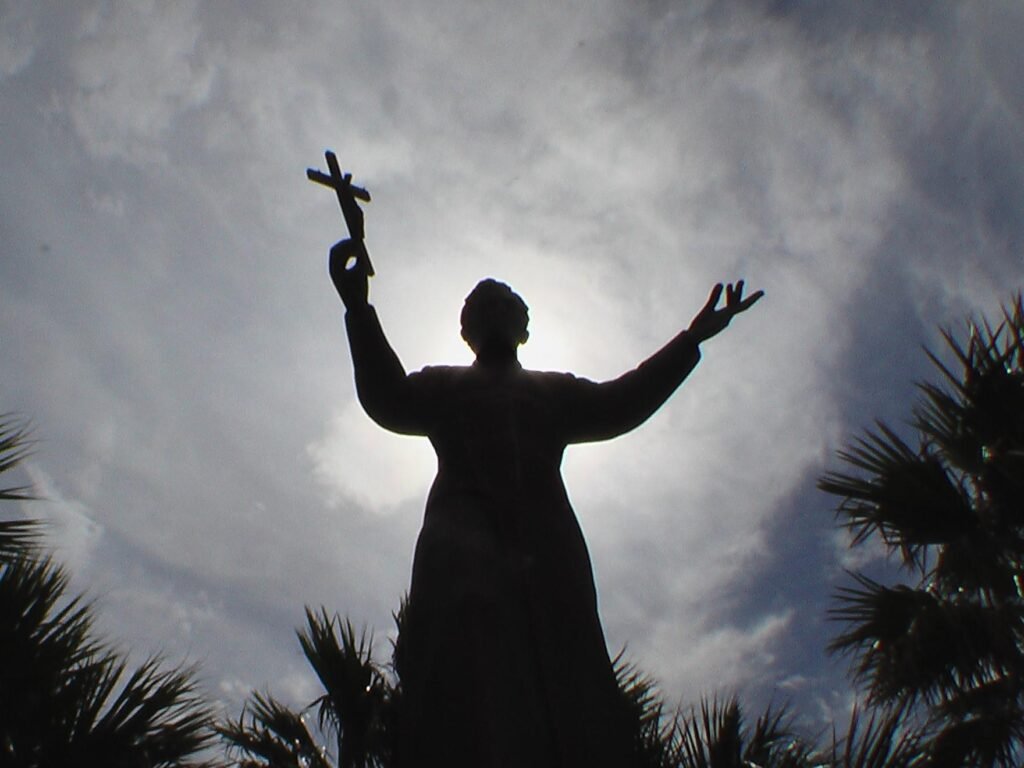Padre Balli-The Man Behind the Name
By Steve Hathcock

Jose Nicolas Balli, was born in Reynosa, Mexico, around 1770.
His parents, José María and Rosa María Hinojosa de Ballí, both Spaniards, owned over a million acres of land in Reynosa, Camargo, and Matamoros and in the lower Rio Grande Valley.
His two younger brothers, Juan José and José María Ballí, chose a military life and became commissioned officers of the Militia of Provincial and Frontier Cavalry. Nicolas on the other hand, entered the Catholic Seminary in Monterrey and was ordained in 1791.
After his ordination, Nicolas, now known as Padre Balli, moved to the village of Matamoros near the mouth of the Rio Grande River. He became the official collector of building funds for the churches and conducted religious services in all the villas and haciendas in the lower Rio Grande Valley. The Padre was well known in South Texas, having conducted more than 500 baptisms, marriages and funerals between 1800 and 1829.
His portion of the family’s estate included the La Feria Grant, the Las Castañas Grant, part of the Llano Grande Grant, the Guadalupe Grant and the Isla de Santiago Grant. (Now known as Padre Island.)
( Isla de Santiago also known as, “Isla de Corpus Christi, had been granted to his grandfather, Nicolás Ballí, by King Carlos III of Spain in 1759. Padre Ballí requested a clear title to the property in 1827).
Because the original grant to the Island was issued by Spain prior to the Mexican Revolution, Padre Balli had to reapply for title to the land. In 1828 he ordered a survey. The following is a description contained in the final report:
“The land was characterized by high sand dunes, some of which were covered with grass. In addition, one found a great number of willows, oleanders, short oaks, plenty of herbs known as anise, and many fresh water lakes or pools covered with reeds.”
Padre Balli was the first settler to bring families to the island. Twenty-six miles north of the island’s southern tip, he founded El Rancho Santa Cruz de Buena Vista (later known as the Lost City), where he kept cattle, horses and mules. The actual ranch and outbuildings were little more than thatched huts known as jacals. Because of its natural fences of water, the Island was a perfect spot for raising livestock. Before long, there were large herds of cattle, horses and sheep. The stock grazed freely throughout the Island and in 1811, Padre Balli stated in his will that he owned 1,000 head of cattle. He also built the first church on the Island for the conversion of the Karankawa Indians and for the benefit of the settlers.
Padre Ballí died on April 16, 1829, and was buried near Matamoros.
Before his death, the priest requested that half of the Island be given to his nephew, Juan Jose, who had been helping him there. Title to the Island was granted posthumously on December 15, 1829. Juan José lived on the Island from 1829 to his death in 1853.
A statue of Padre Balli stands sentinel at the eastern foot of the Queen Isabella Causeway.
Editor’s note: The Town of Matamoros was named in honor of Mariano Matamoros, a priest who joined the revolution of 1810 and led an army of peasants against the hated Spaniards. After the defeat of Morelos’s army by Agustín de Iturbide in 1814, Matamoros was captured. The man of God, now defrocked, was stood in front of an adobe wall and shot.
